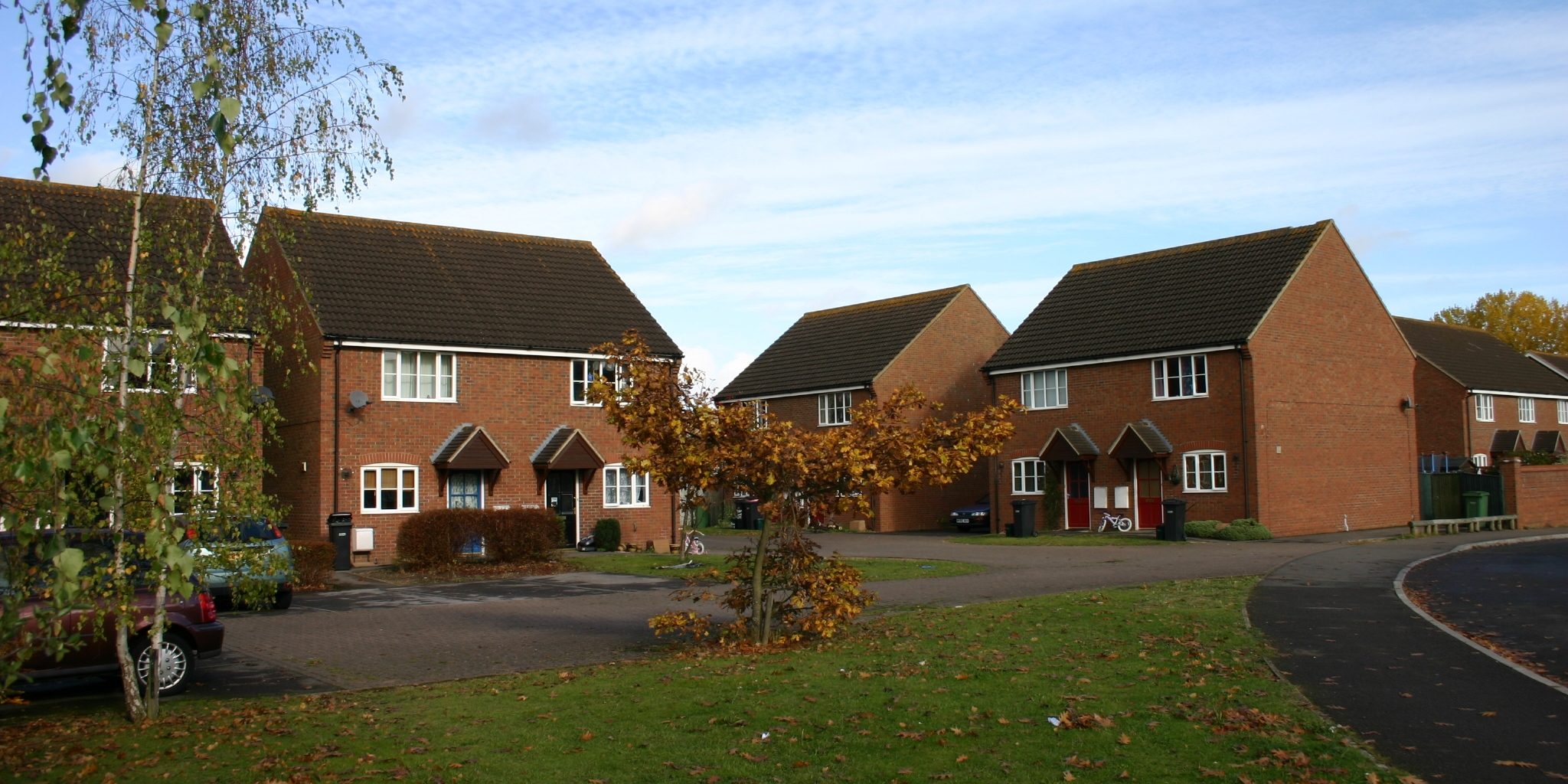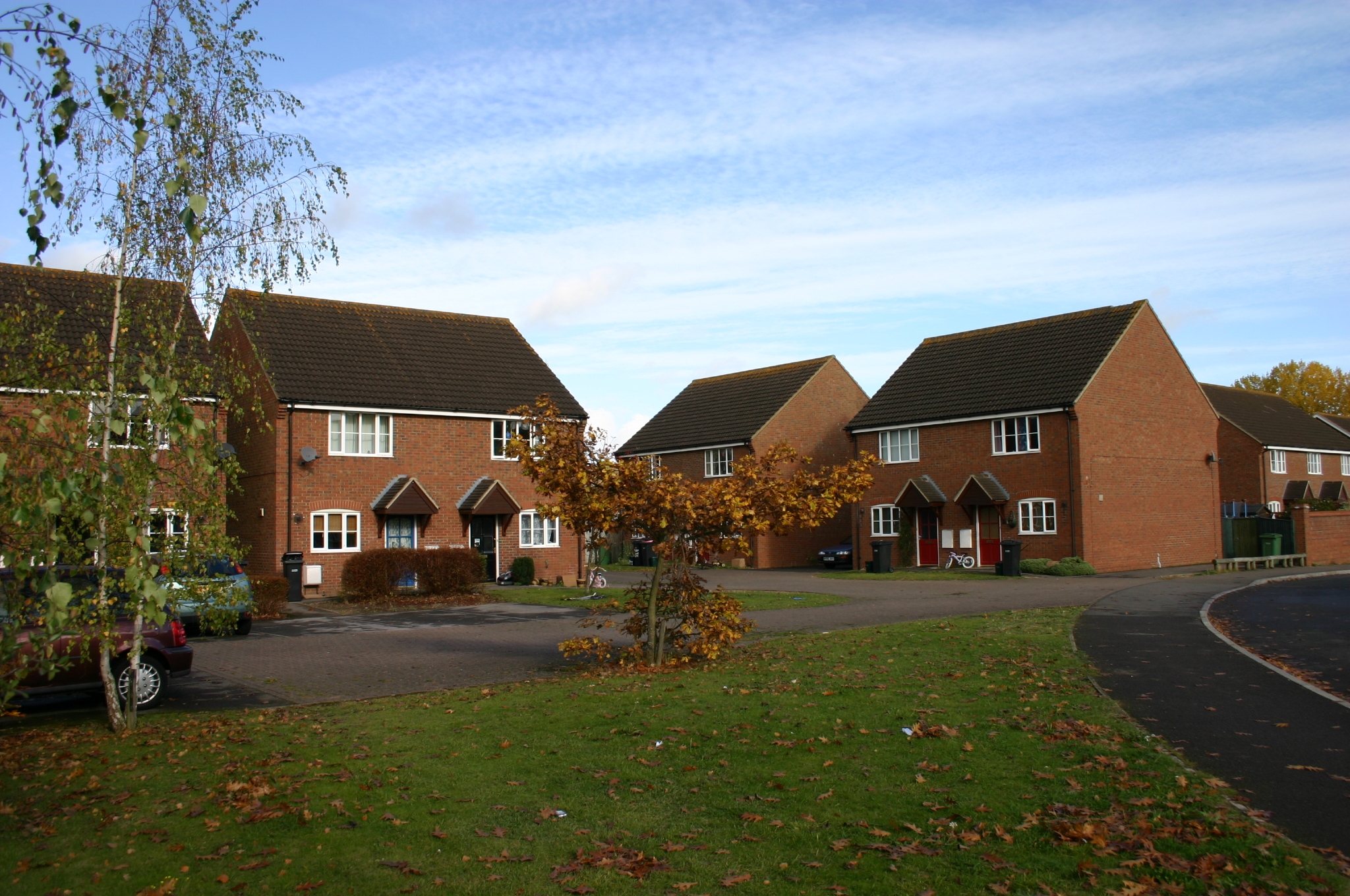‘Staggering’ Oxfordshire housing figures

11th March 2014

A new piece of research has suggested that Oxfordshire needs 100,000 more houses by 2031 – an increase of nearly 40%!
Please let your District Councils know that these figures are not sound, not achievable and not wanted!
Unsound, Unachievable & Unwanted
The Campaign to Protect Rural England is strongly critical of the enormous increase in housing figures proposed last week in the Oxfordshire Strategic Housing Market Assessment (SHMA).
The SHMA suggests that 100,060 houses are needed by 2031, up from a previous estimate of 54,700. This would increase Oxfordshire’s housing by 37%, from 272,000 to 372,060, in less than 20 years and put enormous pressure on local communities and the countryside, including the Green Belt and Areas of Outstanding Natural Beauty.
CPRE Oxfordshire Director Helen Marshall said: “We think the figures are unsound, unachievable and unwanted. We urge District Councils to consider all the evidence very carefully before taking any steps to adopt these figures as targets.”
Threats to the Green Belt & Areas of Outstanding Natural Beauty
CPRE is concerned that the SHMA figures will be used to try to justify unleashing a wave of development on the Green Belt, including the areas around Grenoble Road in South Oxfordshire, Kidlington and north of Abingdon on Thames
The figures have already lead to a number of direct threats to the countryside.
The Vale of White Horse District Council has published an update to its Draft Local Plan which identifies seven development sites in the Oxford Green Belt, totalling 1,720 houses, plus a 1,400 house development at Harwell, within the North Wessex Downs Area of Outstanding Natural Beauty.
District Councils urged to fight back
CPRE is urging District Councils to take a robust stance on these figures and to consider whether it is realistic or desirable to take forward plans on this basis.
In particular, CPRE does not believe there is a case for a Green Belt review or for the expansion of Oxford City into this protected landscape.
In a Ministerial Statement, 6 March, Planning Minister Nick Boles said the Government was ‘encouraging joint working between local authorities, but clarifying that the duty to co-operate is not a duty to accept; we have considered and rejected the proposals of HM opposition to allow councils to undermine green Belt protection and dump development on their neighbours’ doorstep’. [our emphasis]
CPRE Oxfordshire’s views on the SHMA proposals:
• Unsound –
There are real question marks about many of the assumptions made within the SHMA methodology. For example, it is not yet clear why the consultants felt obliged to work with Oxford City to develop a ‘bespoke projection for the City’s population’ not in line with findings from the official Census 2011. (See SHMA para.3.13).
Where is the evidence that such targets could be achieved in sustainable way, without damaging our local environment and overwhelming our infrastructure?
The SHMA itself does not consider such issues (see SHMA para 1.12). This is a piece of work that the District Councils now need to undertake, yet the Vale of White Horse District Council has already included its new target in the latest update of its Draft Local Plan.
Helen Marshall said: “To plan to increase Oxfordshire’s housing by over a third within 20 years is just madness. Most communities would consider accepting gradual and manageable growth. However, we all know the pressure that our local schools, hospitals, roads and other services are under and land is one of our most precious resources.”
Are the figures for Oxford sound?
CPRE is particularly concerned that the proposed figures for Oxford are not based on sound projections. Oxford’s adopted Core Strategy says that it needs 8,000 houses up to 2026 and that these can be accommodated within its administrative boundaries. It is therefore difficult to see how this number can suddenly jump to 28,000 by 2031.
Leaving aside students, this would equate to roughly a 50% rise in Oxford’s permanent population, from 120,000 to over 180,000.
The population in Oxford has grown by 12% since 2001 (see City’s Census report), but much of this is accounted for by the growth in the number of students, whose accommodation needs are mostly met in purpose built accommodation which takes them out of the equation in terms of housing needs. The remaining growth in population was accounted for within the Core Strategy plans.
Sietske Boeles, Chair, CPRE Oxford said: “Oxford City Council has a long-held desire to expand into the Green Belt and we fear this is just the latest excuse. The Council owns lots of land within the Green Belt, so it is being blinded by the prospect of short-term financial gains. In the long-run, preservation of the Green Belt is vital for our local economy.”
• Unachievable – Where is the evidence that developers are actually willing to deliver this level of housing within the proposed timescales?
No doubt many developers will be quick to argue for housing growth and will be happy to pocket permissions for greenfield sites to add to existing landbanks. However, they are certainly not incentivised to build to a level where housing prices start to drop.
Helen Marshall said: “We are being set up to fail. District Councils are struggling to meet existing targets. How will virtually doubling the numbers overnight make any difference? The trouble is once these targets are missed, normal planning rules cease to apply and developers are given much freer rein to build in inappropriate locations, threatening some of our most precious landscape and villages.
“This has been the situation in the Vale of White Horse and Cherwell Districts over the last 18 months and we have seen the damage it can cause to local communities. We do not want to see this continue or spread elsewhere.”
• Unwanted – Where is the evidence that local people believe in and are willing to support such levels of growth?
The figures are driven in large part by ambitious economic development plans contained in the draft Oxfordshire Strategic Economic Plan (that has not been subject to public consultation) led by the Oxfordshire Local Enterprise Partnership (an unelected private sector-led organisation).
Affordable housing
Much of the intended growth is justified by the need to provide ‘affordable housing’ but how affordable and by whom? There is no evidence to suggest that even building houses on this scale will lead to any significant drop in prices. On the contrary, it is not likely to resolve local need but merely attract further net migration into the County, increasing commuter levels to London and elsewhere.
What can you do? Please act now!
- Write/email to your District and County Councillors telling them you do not agree with this proposed level of growth.
- Write to your MP.
- Join CPRE!
